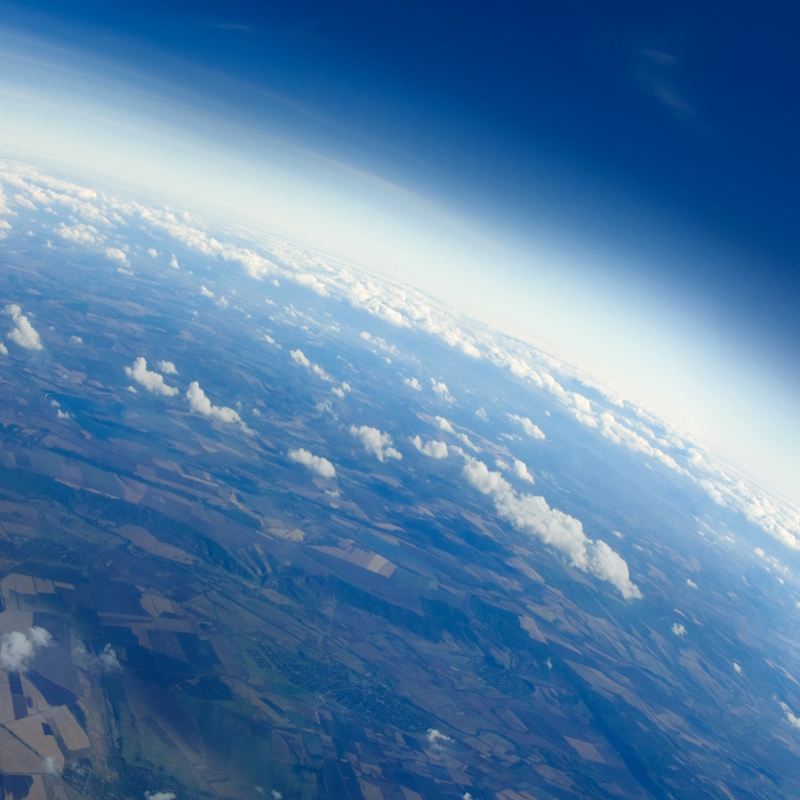The Royal Society’s Copley Medal was first awarded in 1731 to Stephen Gray for his “electrical experiments”, more than a century before Alfred Nobel’s birth.

Following their role as hosts in last weekend’s Eurovision song contest, the eyes of the world will once again turn to Sweden in October. Not for colourful, exuberant and somewhat bewildering examples of musical gold this time, but for refined and inspirational examples of real gold in the form of the Nobel Prizes.
The Nobel Prizes may be one of the most famous awards in the science community, but contrary to popular belief, they are not the oldest. That honour is reserved for the Royal Society’s Copley Medal, which was first awarded in 1731 to Stephen Gray for his “electrical experiments”, more than a century before Alfred Nobel’s birth.
The medal is named after Sir Godfrey Copley FRS, a ‘gentleman scientist’ who donated £100 in trust to the Society upon his death in 1709 for experimental work in science. The prize winnings have grown substantially since the medals inception and now the silver gilt medal is awarded with a £25,000 prize for the winner.
It is awarded annually “for outstanding achievements in research in any branch of science”, and alternates between the physical and biological sciences. But the Copley Medal has always been about more than simply recognising the world’s most popular scientists. Amongst its winners are scientists whose work in the fields of physics, biology, chemistry, geology, maths and medicine has fundamentally changed the world we live in.
Some names will be undoubtedly familiar to you – Albert Einstein, Charles Darwin, and Francis Crick have all been awarded the Copley Medal – but there are many others who are less well known, but whose legacies we live by every day. Over the next three weeks, we will run through our top ten of some of the less well known Copley Medal winners who have changed the world. Copley medal winners continue to inspire and revolutionise the world we live in and throughout these blogs we will bring old together with new, with the announcement of the 2016 Copley winner in the next week; 285 years since it was first awarded.
In this blog post, we focus on the earliest contributors to our knowledge of Chemistry and Biology with the first of our top 10; Joseph Priestley and Louis Pasteur.
Chemistry
Joseph Priestley, awarded the Copley Medal in 1772, was a Unitarian minister, born in Yorkshire in 1733. He studied philosophy, science and languages at the Dissenting Academy at Daventry, but it was a meeting with the 1753 Copley Medallist, Benjamin Franklin, that piqued his passion for science. Priestley’s early work focused on electricity, but it was in gas chemistry that he made his name.
At this time in history, many still believed, as Aristotle had done, that there was only one ‘air’. Priestley designed a series of innovative experiments to isolate components of air, thus proving that it was “not an elementary substance, but a composition”. In the process, he discovered ten gases, including ammonia, carbon monoxide, nitrogen and oxygen. An unexpected by-product of his research into gases was the invention of carbonated water, now found in shops the world over. But more notably, Priestley’s discovery of oxygen led Antoine Lavoisier to develop his theory of combustion. This is the basis of internal combustion engines and rocket propulsion and still plays a major role in the steel industry.
Medicine / Biology
Louis Pasteur, awarded the Copley Medal in 1874, was born in the region of the Jura Mountains in 1822. He showed a natural talent and interest for science in his teenage years, beginning his career as a chemist and microbiologist at the University of Strasbourg. At the age of just 25, he showed that molecules could exist as mirror images of themselves– a discovery that still informs drug development today, with chirality playing a major role in efficacy.
A decade later, he started on the road towards his ‘germ theory’. His experiments that proved that food spoiled because of microbes in air were considered “really too fantastic” to be believed. But Pasteur proved his worth – his process, now called pasteurisation, was found to kill bacteria in food without affecting its taste. It not only saved the French wine industry at the time, but went on to revolutionise the entire food industry. And Pasteur wasn’t finished yet. He made the first ‘laboratory-developed’ vaccine, against chicken cholera, and went on to develop others for diseases such as anthrax, TB and cholera. He received the 1874 Copley Medal for the breadth of his work that has saved millions of lives.
You can now also read part two in the series of blogs about inspirational Copley winners.
